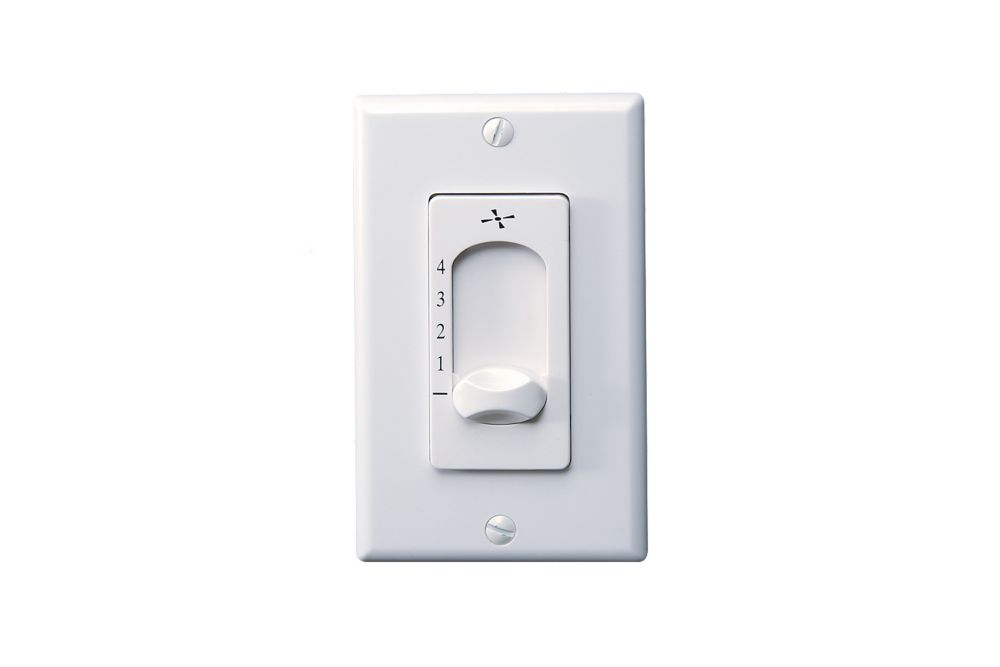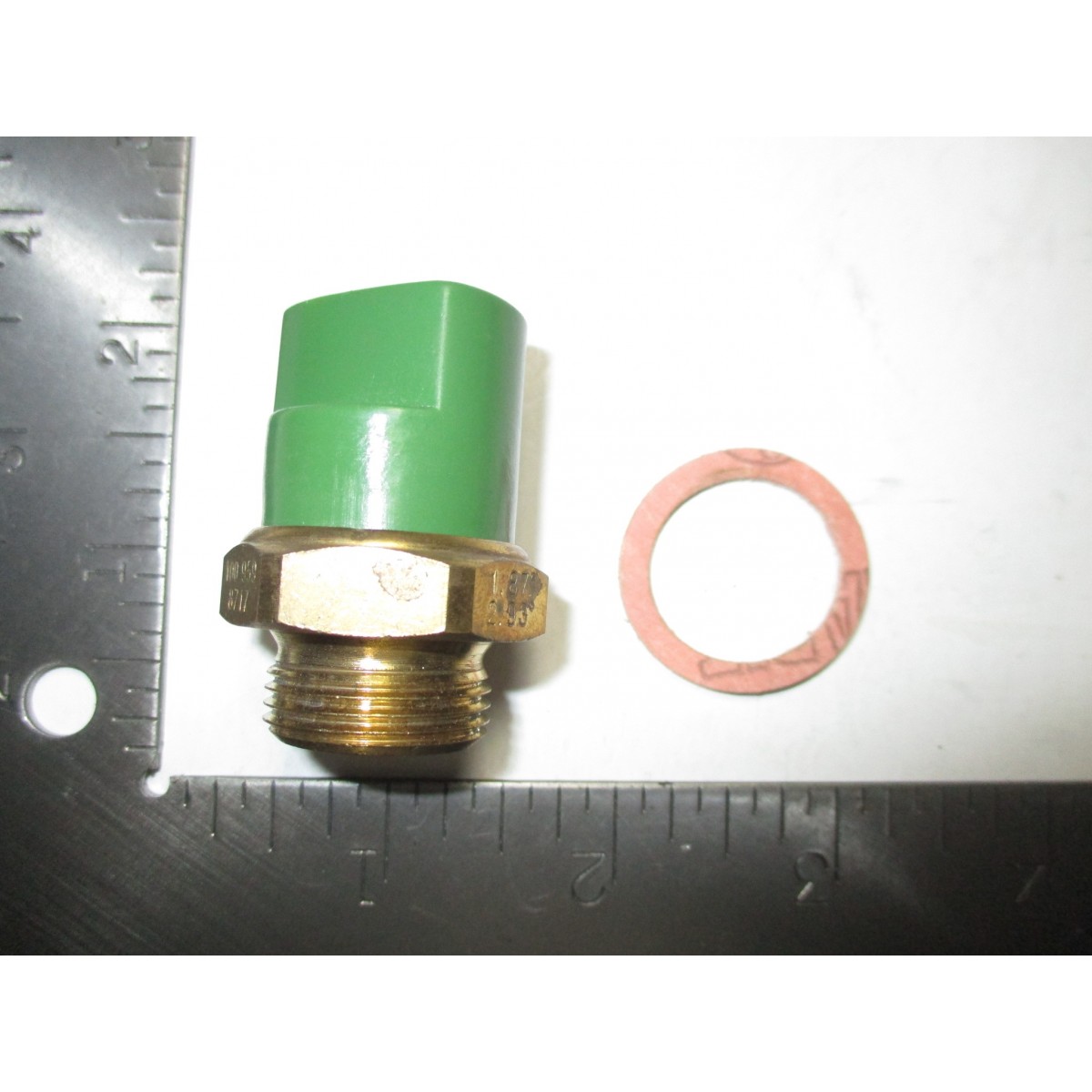

4N25 optocoupler has an inbuilt LED with pin 1 as anode and pin 2 as a cathode. First, the 220V AC voltage is stepped down to 9V AC using a step-down transformer and it is then fed to a 4N25 optocoupler at its pin 1 and 2. The circuit shown below is the zero crossing detector circuit which is used to get the zero-crossing point. This point on the voltage curve where the voltage changes the direction is called zero voltage crossing. For this, we must need to detect the zero point from which the signal is to be controlled/Chopped. For controlling the speed of AC Fan, the peak voltage of both the half cycles needs to be chopped or controlled. Then in the next half-cycle, it flows in alternate direction (negative) to a peak voltage and then again comes to zero.

In the first half of every cycle, it flows in one direction reaching a peak voltage and then decreases down to zero. This AC signal is alternating in nature and changes its polarity periodically. The AC supply we get in our household is 220v AC RMS, 50 HZ. Potentiometer to control the Fan speed amountĤ. The working can be divided into four different parts. In previous tutorial, we controlled the DC fan speed using PWM. Here phase controlling method of the AC signal is used to control the AC fan speed, using PWM signals generated by Arduino. In this project, we will demonstrate Arduino AC fan speed control using TRIAC.


 0 kommentar(er)
0 kommentar(er)
